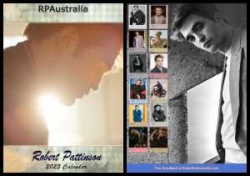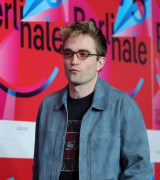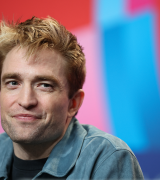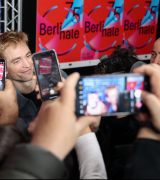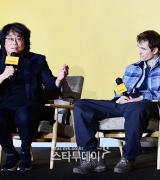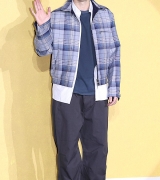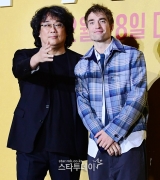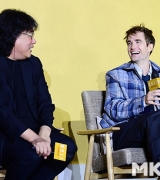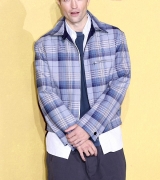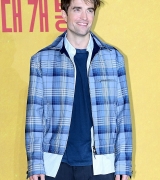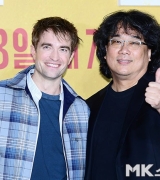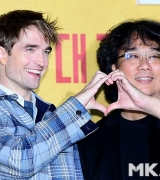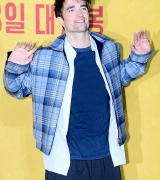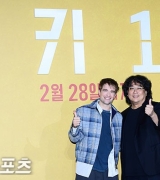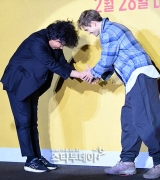Robert Pattinson The Batman Using Mandalorian Virtual Production Techniques for Selet Scenes
From The Hollywood Reporter:
Warner Bros.’ The Batman, which is currently filming in the UK, is using virtual production techniques for select scenes, Industrial Light & Magic chief creative officer Rob Bredow revealed on Monday, during a featured session from this year’s virtual VIEW visual effects and animation confab.
Virtual production — a term generally used to describe techniques that enable real-time visual effects production — has been steadily growing in popularity, particularly with Jon Favreau’s uses on The Lion King and The Mandalorian.
Bredow declined to detail work on The Batman, only saying the production design team had pre-built practical sets in the UK and an LED wall was built around these sets to enable use of virtual production in those specific scenes. He added that this meant the ILM team could continue to collaborate with Batman DP Greig Fraser, who recently won an Emmy for The Mandalorian and also shot Rogue One: A Star Wars Story.
And for those like me who need layman’s terms on what this means – Collider provides the following:
Briefly, what made The Mandalorian cutting-edge was the ability to render virtual backgrounds in real-time on an LED wall using a game engine. This meant that scenes set outside on a cold planet, indoors at a tavern, or in a massive star-ship hangar could all be shot on the same soundstage with the VFX background rendered in real-time. Meaning you didn’t have to wait 9-12 months for the post-production team to create the background after the fact.
The connective tissue here is Fraser, the DP behind both the first season of The Mandalorian and the highly anticipated reboot The Batman. He helped develop the virtual production technology and ensure it worked in a cinematic way, and when I spoke to Fraser earlier this year during an extended interview about his career, he predicted almost every film in the future would be using this technology:
“I see a world where almost every film will use this technology in some way, shape or form. Be it from a $250 million blockbuster down to a $2 million independent movie using it for one sequence that they dry hire a studio that’s already been built and they get in there like a location. So I believe when the technology kicks on and gets widely adopted, when people understand what it can do, I believe it’ll be used quite a lot.â€

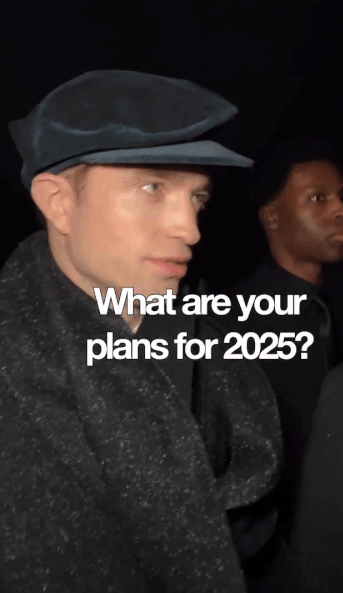
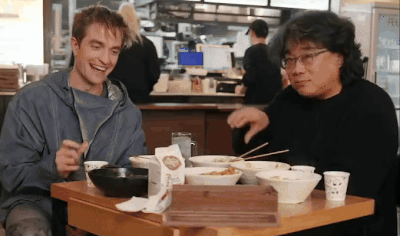



















 Turning the calendar page to March.
#Robert
Turning the calendar page to March.
#Robert



